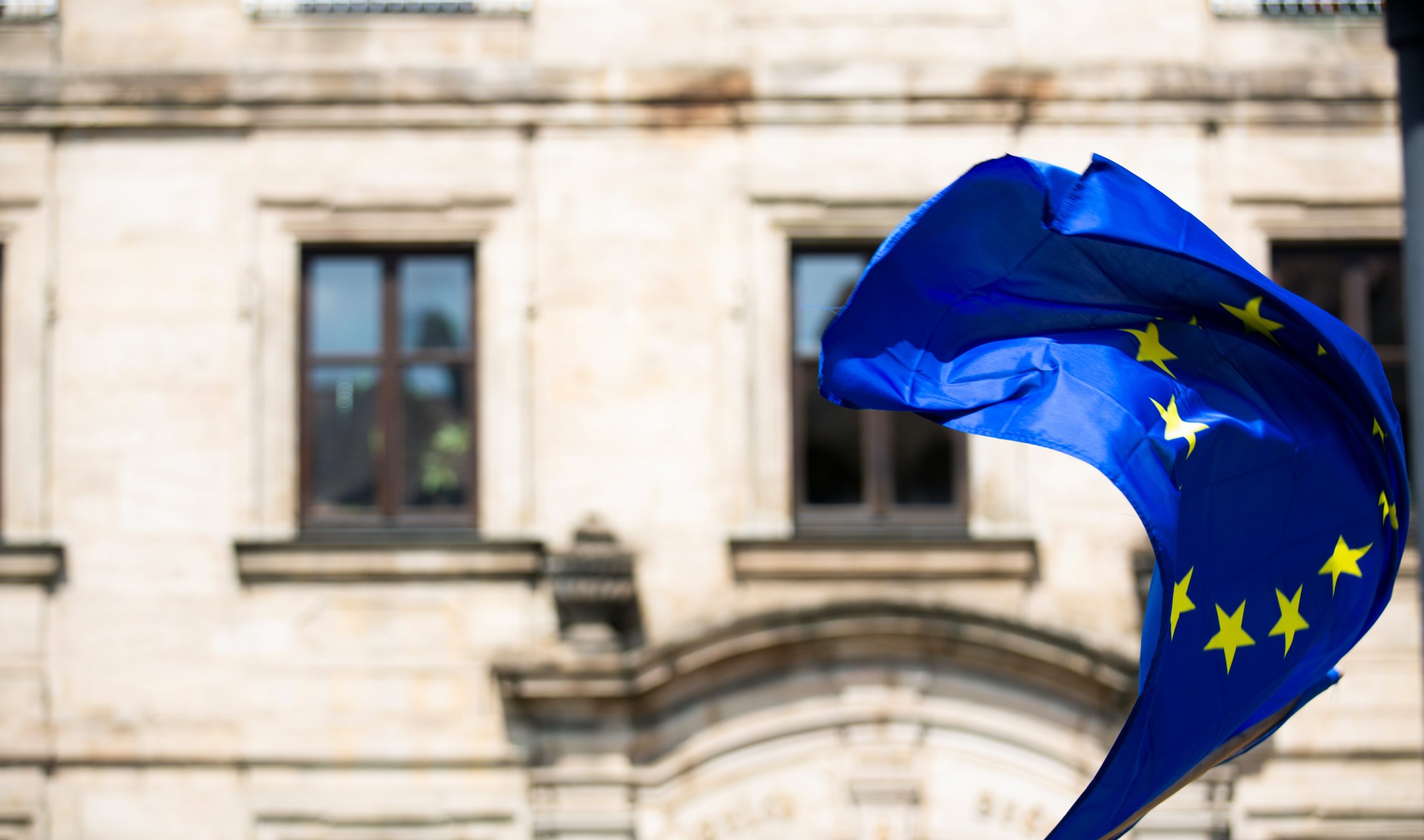This post has been contributed by Daniele Archibugi, director of IRPPS-CNR in Rome and professor of innovation, governance and public policy at Birkbeck College, University of London.
In the face of the Covid-19 crisis, there is finally a consensus that, without courageous public intervention, the European economy risks falling apart. That economy is more fragile than those of the United States or China, having been struck by this pandemic unannounced when it had not fully recuperated from the financial crisis—investment has reached only 75 per cent of its pre-2008 level.
The European debate is concentrated on how to increase liquidity and finance the increasing public debt all countries will have to face. This is insufficient however, not only to boost economic reconstruction but, even more so, to foster the qualitatively different economic development now required.
In Lewis Carroll’s Alice in Wonderland, when Alice got lost she asked the Cheshire Cat: ‘Would you tell me, please, which way I ought to go from here?’ With iron logic the cat responded: ‘That depends a good deal on where you want to get to.’ So what path lies ahead for the eurozone? Another decade of stagnation and austerity, in which we shall work harder just to repay the debts?
Missing Europeans
After the 2008 crisis, business in Europe failed to exploit innovative opportunities, despite already abundant liquidity and exceptionally low interest rates. Large companies such as Amazon, Google, Apple, Alibaba, Baidu and Huawei are shaping the future across the globe. These companies have only two common characteristics: they operate in sectors with high technological content—mainly in the digital and communication economy—and they are American or Chinese.
Where are the corresponding European companies which grew after 2008 in the emerging sectors? They are missing.
Facing into a new economic crisis, long-run prosperity depends on creating new firms and new jobs, especially in these sectors. Yet if European industry was unable to do this well before the coronavirus struck, then if it is not sufficiently stimulated it risks failing again.
The spirit of John Maynard Keynes has rightly been invoked. But Keynes diagnosed a deficit in investment as the key corollary of mass unemployment and, as a passionate observer of the New Deal of Franklin D Roosevelt, advocated investment plans financed by deficit spending—not mere subsidies. He would have much preferred to create new jobs than provide unemployment benefits.
Public investment
In the short term, the needs of the weakest part of the population should be addressed but in the long term the genuine Keynesian solution is to improve public infrastructures, cultivating the capabilities of the workforce and thereby increasing output—in turn generating greater fiscal revenues which repay the deficit spending. A major plan of public investment will require administrative capacity, entrepreneurial spirit and political leadership.
Keynes also needs to be reinvigorated by the insights of Joseph Schumpeter: not all investments generate the same multipliers and Europe in particular needs to enhance its competences and skills in the emerging sectors. It is unlikely that we shall have European corporations able to compete on a par with the US and Chinese titans if they are not strongly supported by public policies.
Successful catch-up countries have nurtured their top corporations for decades. European governments have stopped doing so, often because this was infringing the rules of the single market against discriminatory state aids. Yet this failed to appreciate that in the 21st century, especially in the new sectors, competitive corporations could no longer be French or German: they would need to be European.
It is therefore public authorities which today must promote investment in innovative sectors and lead reconstruction. In emerging industries, Europe will need to use the instruments used by catch–up countries—including Japan in the 1960s, South Korea in 1980s and China in the 1990s—to create their industrial capacity.
We need to reinvent new forms of entrepreneurship, which should be led by the public interest but also run efficiently as business corporations. The several agencies created by Roosevelt in the New Deal are an important example; they were able to boost entrepreneurial spirit and guaranteed full employment.
Driving reconstruction
There are three areas where the European Union could drive reconstruction, combining political leadership and entrepreneurial capability.
The first is health. There is a consensus that we cannot leave health in the hands of business. European states have overall an excellent health infrastructure, even if underfunded in many cases. There are now the conditions to enrich existing facilities by generating pioneering forms of diagnosis and cure, based on the most recent advances in biological sciences, information and communication technologies and artificial intelligence, as well as utilising original forms of social organisation.
The second is to make a reality of the European Green Deal, where the combined stimulus provided by national governments, the European Commission and the European Investment Bank could really open up major innovations, in a decade making the continent the world leader in the arena of ecological modernisation, again linked to social goals.
The third is the digital economy, where the EU still needs to emancipate itself from the disturbing power of Big Tech. So far, European countries have not even managed to get from these companies a fair amount in taxes. Perhaps our political power-holders should learn that we need to create our own corporations, based on more inclusive, transparent and accountable data management.
The challenge will require major efforts and co-ordination among national authorities and European institutions, across business players and public administration. Alice responded to the Cheshire Cat: ‘So long as I get somewhere.’ And she was told: ‘Oh, you’re sure to do that, if only you walk long enough.’
If the way is long and difficult, we should set off, and with the appropriate equipment, as soon as possible.
This post originally appeared in Social Europe: https://www.socialeurope.eu/an-investment-plan-for-european-reconstruction

